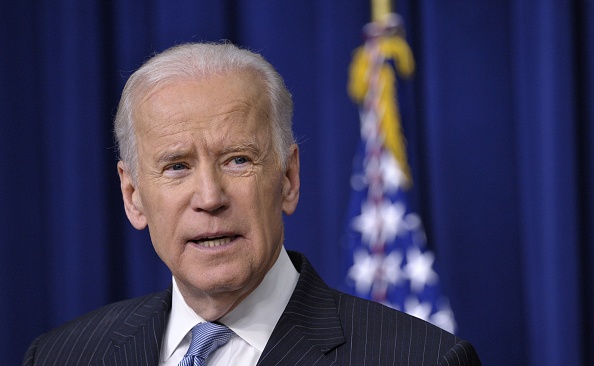
In his October 5 commentary (Why the right-to-repair conversation needs to extend further), Lars Thording clearly lays out the challenges for the Right to Repair movement in healthcare as patient safety, cybersecurity, and the need to foster further health care innovation. However, the solution to these challenges should not be forcing the entire industry to succumb to the lowest common denominator. Rather, it should require all service businesses to meet the same safety, quality and regulatory requirements when performing repairs on complex and sensitive medical equipment. These requirements exist in a portion of the service industry and should be applied to all.
Thording is certainly correct that patient safety is, and should be, the first and foremost concern when it comes to repairing medical devices. Already, the Food and Drug Administration (FDA) has established measures to monitor and ensure device safety for servicing these complex machines. The catch is these requirements currently only apply to original equipment manufacturers (OEMs). Non-OEM servicing businesses remain unregulated and are not held accountable to any quality or safety requirements by FDA.
Rather than inconsistently holding only a part of the servicing industry accountable, all service businesses should be held to the same obligations. This includes registration with the FDA so the Agency will be better equipped to protect patient safety by understanding where and how activities like remanufacturing or improper servicing occur and who is doing them. It also means additional oversight of Independent Service Organizations (ISOs) through quality management system requirements, inspections, documentation audits prescribed by remanufacturing guidance, better data collection, and publication of findings about the servicing industry.
Thording also raises cybersecurity as a concern. We agree. As we’ve seen, cybersecurity in the health care space remains a problem for providers of all sizes. In fact, the Department of Health and Human Services recently issued an alert on the picture archiving communication systems- making medial images vulnerable to attack. Opening up medical devices by making them “easier” to hack or publicly share sensitive intellectual property exacerbates this issue. While some systems may present challenges for inadequately qualified third-party servicers to repair, those same systems are in place to protect cybersecurity, patient privacy, and valuable data.
Speaking of intellectual property, we know its protection is vital to incentivizing and spurring continued innovation. However, calls from the “Right to Repair” movement to compel OEMs to relinquish proprietary service materials and trade secrets send the wrong message to medical innovators. If developers and manufacturers are unable to recoup their time, energy, and financial investment in medical innovations, why bother?
President Biden and his administration were right to exclude medical devices from the executive order on Promoting Competition in the American Economy. It’s not an oversight, but rather an acknowledgment that underscores the categorical differences between products that have traditionally been the target of the “Right to Repair” movement, such as consumer goods and FDA-regulated medical devices used to diagnose disease, sustain life, and guide complex healthcare interventions.

Health Benefit Consultants, Share Your Expert Insights in Our Survey
Patrick Hope Patrick Hope is MITA's Executive Director. Patrick comes to MITA from the American College of Cardiology (ACC) where he served as the senior director of legislative policy. Prior to his tenure at ACC, Hope served as legislative counsel / senior manager of legislative affairs for the American College of Physicians.
Photo: Mandel Ngan, AFP/Getty Images
Patrick Hope is MITA's Executive Director. Patrick comes to MITA from the American College of Cardiology (ACC) where he served as the senior director of legislative policy. Prior to his tenure at ACC, Hope served as legislative counsel / senior manager of legislative affairs for the American College of Physicians.














